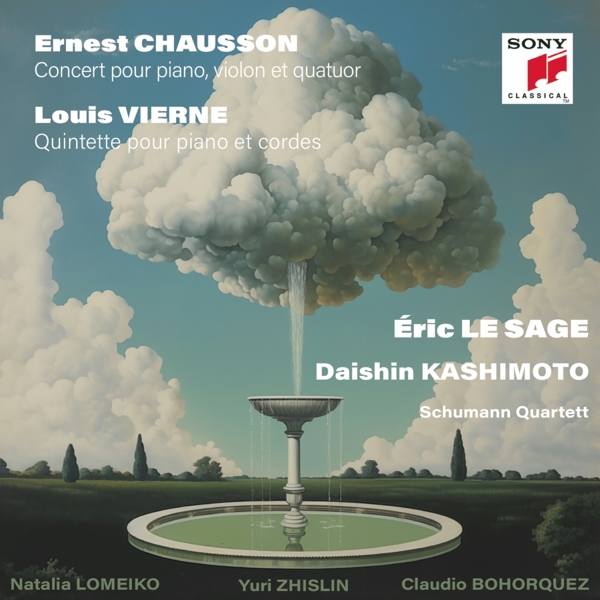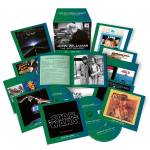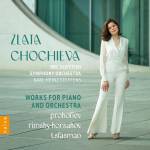Accessories |
My Account
|
Log In
|
English |
€ Euro |
Advanced Search
|
All Categories
BEST SELLER
500
NEW RELEASES
10.081
SPECIALS
235.127
Your search:
No selection
Filter results:
TECHNICS
284.805
GAMES/SOFTWARE
27.117
MUSIC
707.933
- Accordion
8
- Bassoon
19
- Brass
45
- Bugle
37
- Cello
282
- Clarinet
115
- Double Bass
17
- Early Instrum.
127
- Flute
218
- Guitar
97
- Harp
28
- Harpsichord
24
- Lute
18
- Mandolin
14
- Mixed Ensemble
70
- Oboe
53
- Organ
35
- Other
11.141
- Other Ensemble
192
- Percussion
11
- Piano
418
- Piano Quartet
24
- Piano Trio
144
- Recorder
53
- Saxophone
44
- String Ensemble
89
- String Quartet
392
- String Quintet
19
- String Trio
56
- Trombone
21
- Trumpet
51
- Tuba
3
- Viola
68
- Violin
527
- Wind Ensemble
45
- Woodwind
34
- octet
3
Other Classic
3.956
Symphonic Music
12.912
|
Music Movie Audiobooks Merchandise Children's |






















